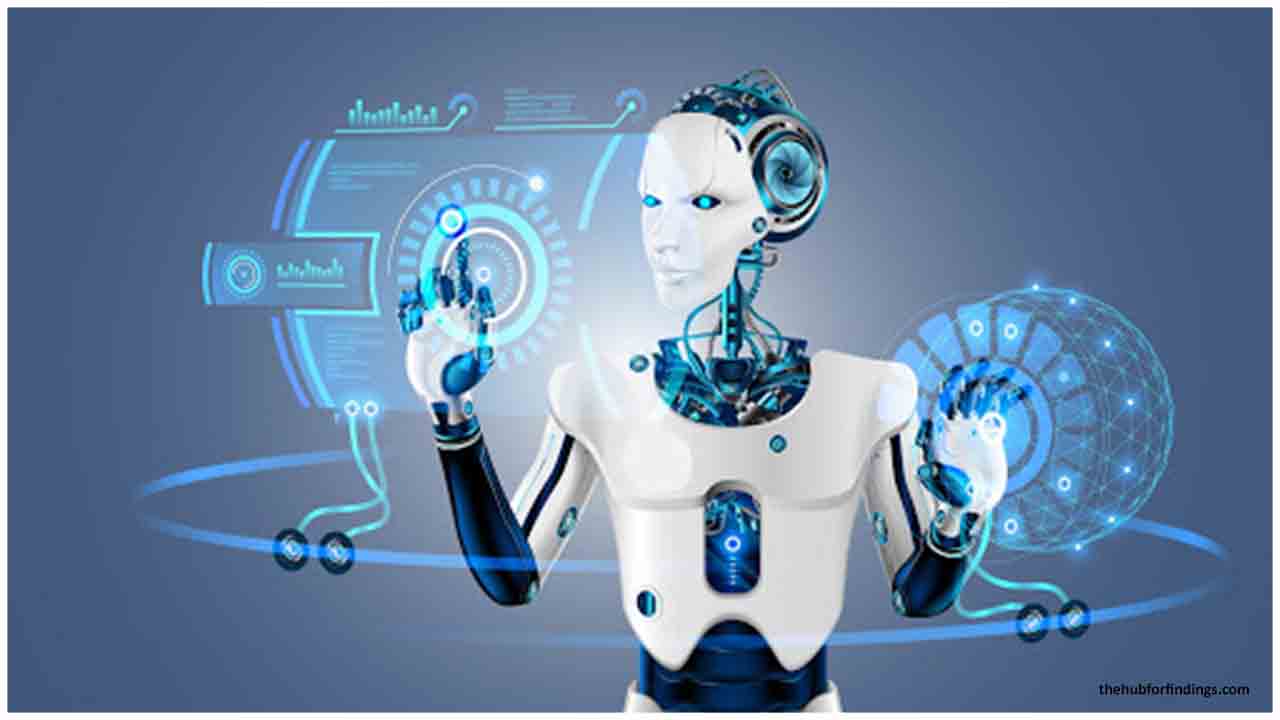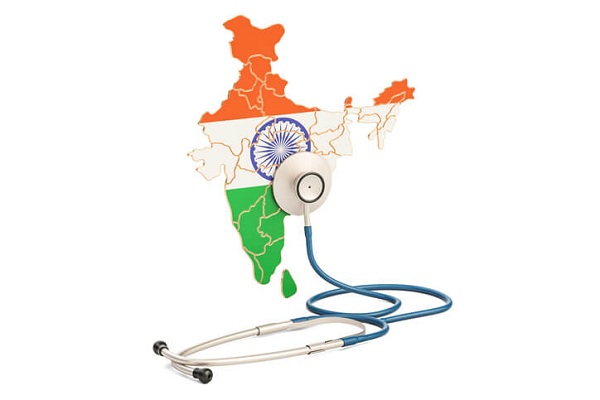The COVID-19 outbreak has become a global stress test. As the number of people infected with the virus continues to rise around the world, uncertainties about global economic growth increases. The number of infections and deaths from COVID-19 is still growing, and the duration of the pandemic is still difficult to predict. Following a slowdown in global demand of industrial robots due to the COVID-19 pandemic, it is expected that the major industrial robot vendors will struggle during the year 2020.
The novel coronavirus has increased interest in robots, drones, and artificial intelligence. These technologies can help deal with massive staffing shortages in healthcare, manufacturing, and supply chains; the need for social distancing; and diagnosis and treatment. For example, service robotics play a vital role in healthcare, they minimize human intervention at all levels, starting from patient examination to patient care and drug delivery mechanism. The virus has been a good opportunity for companies to display robots for public applications. Public Relations, Rescue and Security, Inspection, Cleaning, Monitoring, and Detection are all key aspects of containing the pandemic. Disinfection robot UVD for example has been in high demand since the outbreak of COVID-19 pandemic.
Right now worlwide Robots are being used for varied applictions like aerial mapping,drug delivery,hazardous activities,public interaction,test samples handling and more.Post Covid 19,adoption of automation to ensure quality production and meet market demand while maintaining the safety standards would be the norm.Coupled with the growing demand from small- and medium-scale enterprises in developing countries growth of industrial robotics market globally would go up.
The Global Robotics Market was valued at around US$ 34 Billion in 2019 and the market is expected to register a double digit CAGR over the forecast period of 2020 - 2025. The market for robotics is anticipated to grow exponentially during the forecast period driven by advantages such as cost reduction, improved quality, increased production, and improved workplace health and safety. The adoption of robots across a wide range of industries including manufacturing, healthcare, defense and security, logistics, inspection and maintenance, automotive, electronics, and food and beverage has accelerated the growth of the market. Robots deliver better quality products and services more efficiently, with less wastage and without causing physical damage to humans due to their autonomous nature. The increasing use of robotics will boost the growth of the market in the coming future. However, the high initial investment and concern for human safety restricts the growth of the marke

 Robots are proving to be indispensable in the ongoing war against Covid 19
Robots are proving to be indispensable in the ongoing war against Covid 19










.jpeg)







.jpeg)

.jpg)










